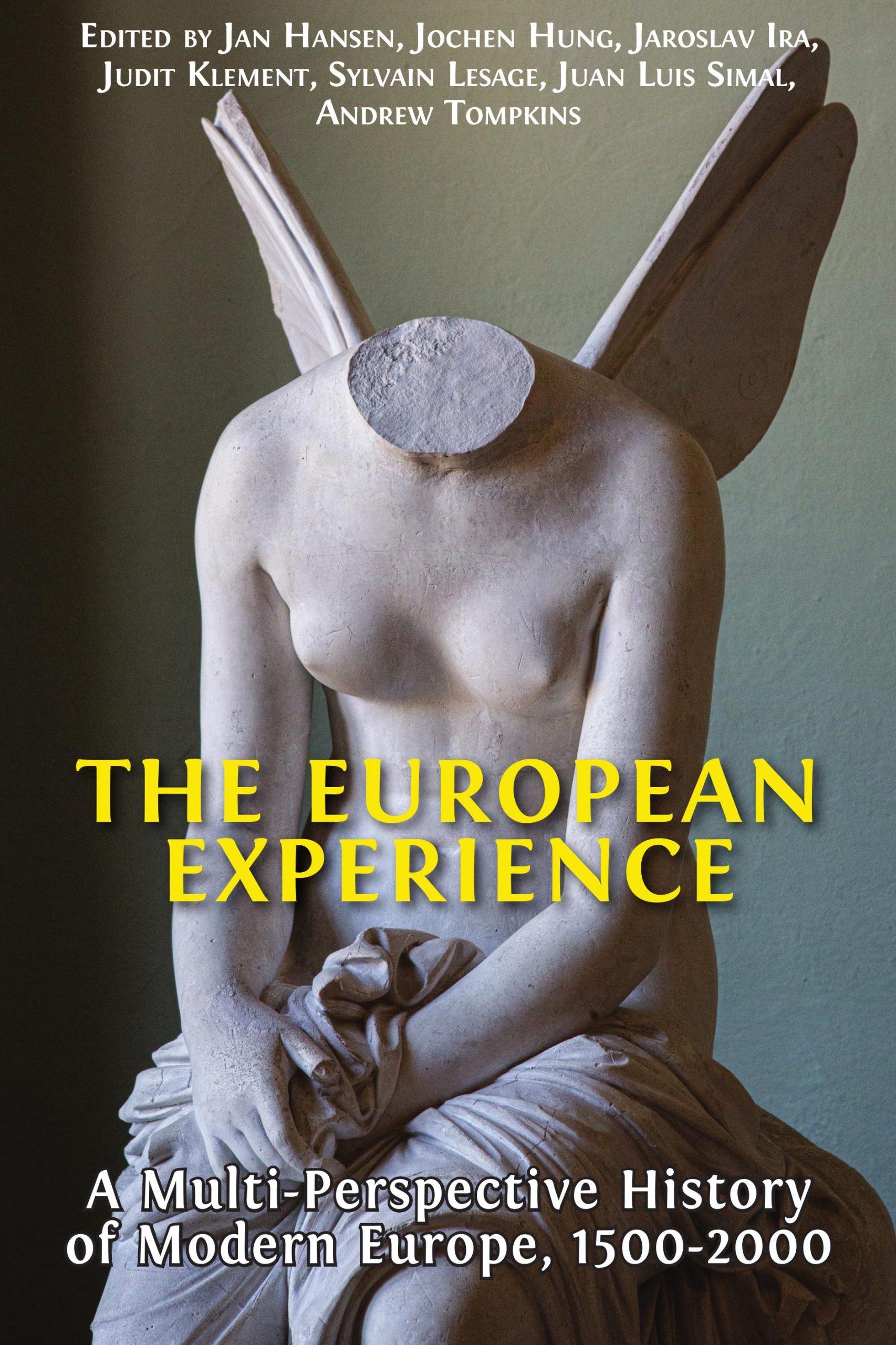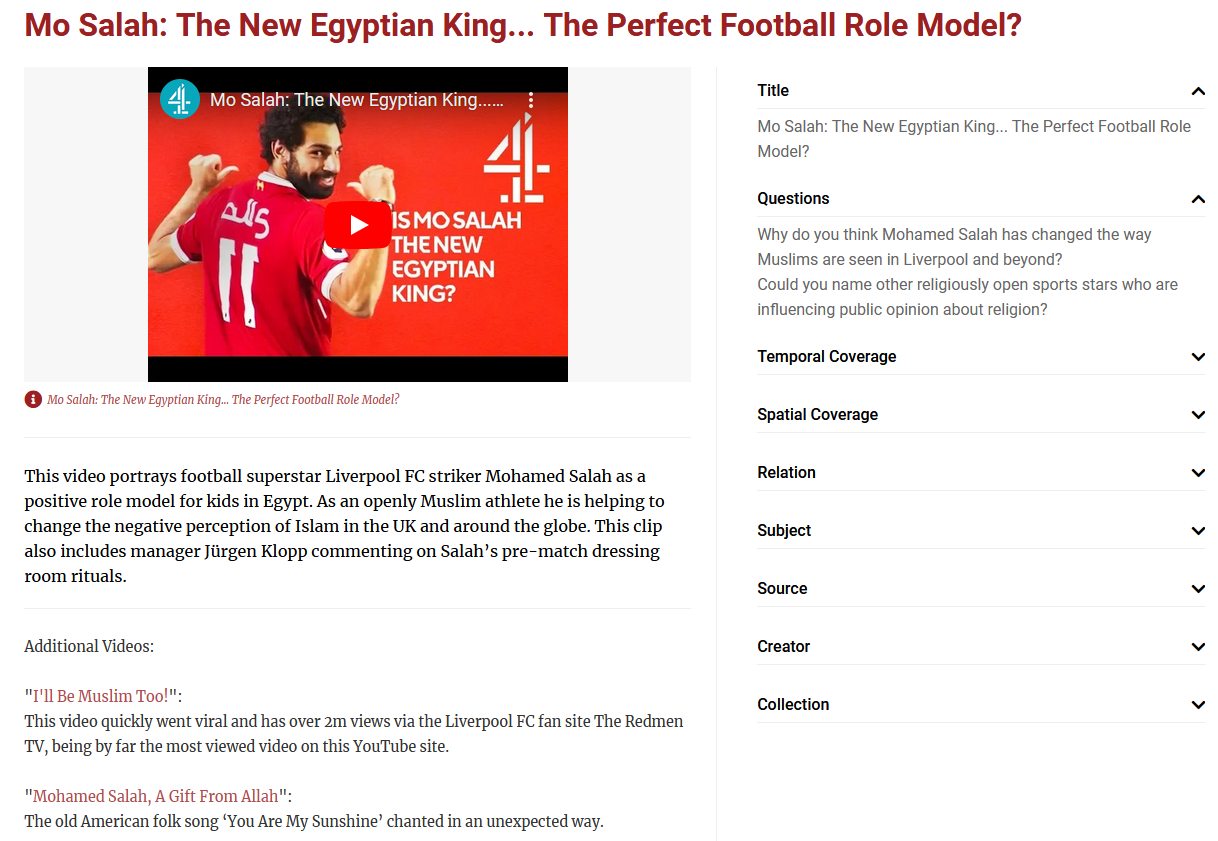In most countries, a textbook is the most basic type of resource in history education. This often leads students to believing that the information from the textbook is reliable, especially since it signals authority.
History textbooks also serve as a political statement. In countries with a free market, the textbook is the product of the author’s selection of what to include. Textbooks are thus a product of the author’s professional and personal preferences. Furthermore, in countries where history textbooks are approved by educational authorities, or produced by authors appointed by the authorities, this is even more the case.
The Practice
The practice trains the ability of students to find and present key words/expressions in the text for homework, while understanding a taxonomy and practicing it. The practice is divided into two phases.
In the introductory phase, the teacher divides the students into different groups. The first group is tasked to prepare a list of words from the textbook that they do not understand, as well as to suggest their meanings. The second group prepares a list of words that they believe are the most important from the textbook. Finally, the third group prepares questions that will be useful to answer during the lesson.
During the lesson students are divided based on the size of the class and the students compare their answers to the homework within the sub-groups.
The first group chooses a spokesperson that presents common words/expressions to the class and suggests meanings. The class contributes with answers of other difficult words/expressions, and in the end – if necessary – the teacher contributes as well. The second group puts their list of key words/expressions on the board. The whole class is divided into pairs, and each pair will construct a very short summary of the textbook pages that must include all the key words/expressions visible on the board. One or two pairs are selected for reading aloud their summaries, and the class assess the summaries in comparison with their own. If necessary, the teacher contributes as well. The third group selects 4 to 6 questions and put them on the board. The class should discuss the quality of the questions, remove or change them, and the remaining part of the lesson will revolve around the questions. In this period, the teacher’s contribution is vital – presenting a taxonomy, showing how a good lesson needs a variety of taxonomic levels, assisting the class in constructing and selecting questions that mirror various taxonomic levels, and for the most part be loyal to the questions by using them as the red thread of the rest of the lesson.
During the second phase, the aims of the introductory phase are still in place; however additional aims are introduced. These aims involve developing students’ skills of analyzing textbooks, developing students’ competences by taking responsibility and acting according to their own decisions, by arguing and disagreeing in a constructive way and by putting the textbook in a general societal perspective.
During the second phase the students are also divided based on the size of the class and the students compare their answers to the homework within the sub-group.
An activity for analyzing and de-constructing the textbook is introduced. As part of their homework a group is asked to try to find in the text – and write down the textbook author’s conclusions, and possible value-based content.
During the lesson, one group present their results, and groups or the entire class are first discussing the conclusions/evaluations by asking first if they agree, or if they can arrive at other results based on the homework and secondly by analyzing the suggestions of value-based content. The students can ask further questions such as: Is it so? If yes, can we see which values are propagated? Do you agree that they should be here? What does this tell us about the author?
Depending on the level of the history course one activity can be exchanged for another. As part of a homework assignment, the groups are asked to prepare what they think could be the key question for the lesson. Their suggestions are discussed in groups or with the entire class, and if an agreement is made on a good one – supported by the teacher-, the rest of the lesson will revolve around this.
A productive kind of key question is the paradox, since this forces students to analyze the text in order to construct evidence-based arguments for, and then assess their validity. For example, ‘Since we read that Hitler manipulated the German people, how come he had so much support?’
It should be noted that for each new lesson, groups should change activities.
Obstacles and lessons learned
The applicability of this strategy depends very much on the curriculum. In countries where the curriculum – in particular the final examinations (if they exist) – is mainly aimed at accumulating facts and reproducing facts – much of the lesson time has to be spent on this. In such cases the introductory elements could still be useful.
Traditional classroom roles where the teacher is expected to be the central agent, physically as well as pedagogically, are challenged in this strategy. Ultimately, the teacher is responsible for what happens in the classroom, of course. This strategy invites for active learning and the development of competences that are important in students’ citizenship-building, such as a willingness to dare to fail and sharing of the responsibility for planning and carrying out activities.
This strategy should not be used for all lessons for all of the course in its full. Based on the recurrent evaluations of students and teacher, and the content of the textbook, some elements may be dropped for a time, and other elements may be further developed.
The effect of the practice
A learning strategy that focuses on the history textbook, using activities that cover a variety of taxonomic levels, can be beneficial for students of various levels of achievement. Some elements may lead to students’ feeling safe at contributing, knowing that expressing also what you do not understand, is accepted as productive for the lesson outcomes. At the other end of the scale students can be challenged by constructing relevant key questions and finding evidence-based answers to them.
In an overall context such learning strategies can contribute to developing students’ general ability to think critically, to dare to engage in societal affairs, and to accept taking responsibility for own and others’ activities and contributions.
Therefore, it is increasingly important to train students in having a critical approach to the content provided by their textbook, in order to be able to train their critical thinking skills. The practice can also be used to assist students in developing competences, such as debating and cooperation. Additionally, it can also be used as a tool in citizenship building as well by training students’ sense of responsibility and perspective.
About the interviewee
Benny Christensen is an independent consultant on history education. He taught history and English at an adult gymnasium in Denmark, was a board member of the Danish History Teachers’Association, and for many years has contributed to international projects on history education, organised mainly by EuroClio and the Council of Europe.
Background to the project
In many countries history education is becoming more complex than a generation ago. To the content-based curriculum training in skills and competences is now added, but often the textbook is still the main kind of resource in classroom.
This project is a result of years’ of fine-tuning learning strategies in Danish classrooms that offer challenges to all learner groups. And it also aims at adding to students’ citizenship-building.
Written by Lena Martinović (EuroClio), based on an online interview with Benny Christensen on June 29, 2018

Learning history through folk songs – the case of Seto Leelo

The European Experience: A Multi-Perspective History of Modern Europe, 1500-2000
The European Experience: A Multi-Perspective History of Modern Europe, [...]

RETOPEA- A project to promote religious peace and tolerance through history
God is back! Although we live in a largely secular [...]

IT Learning Environments in Estonia

Recommendations on the Development of Cross-Border History Education Resources





